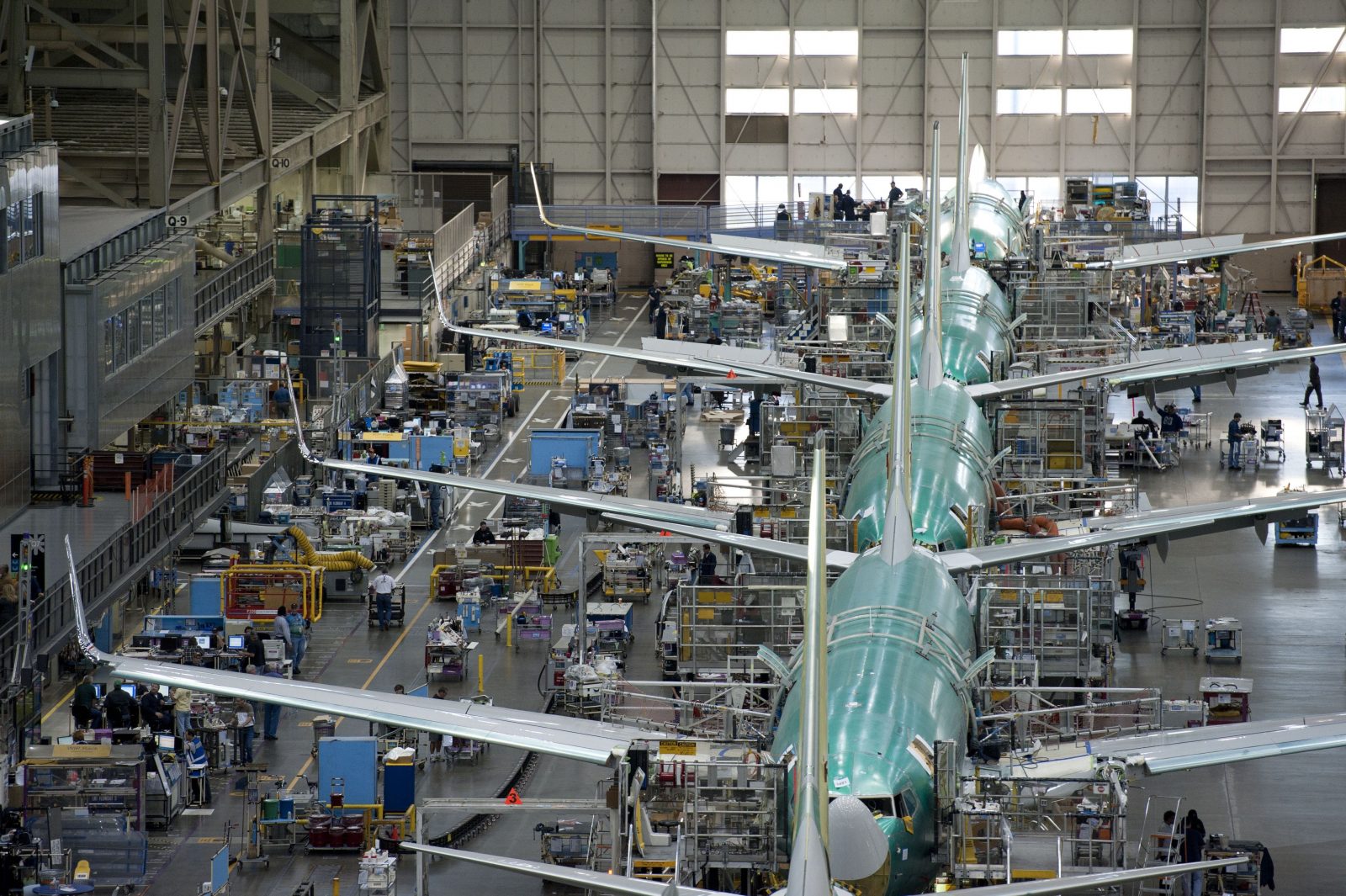
According to an anonymous source quoted by AP, the U.S. Justice Department has opened a probe into the development and certification of the Boeing 737 MAX aircraft. The investigation will allegedly look into Boeing’s relationship with the Federal Aviation Administration (FAA) which is the agency responsible for certifying and regulating Boeing made planes. It comes just six days after the FAA finally issued an emergency order to ground the aircraft worldwide.
The FAA was eventually forced into taking acting following the downing of Ethiopian Airlines flight 302, operated by a four-month-old Boeing 737 MAX 8 aircraft, which crashed shortly takeoff from Addis Ababa International Airport on 10th March. All 157 passengers and crew were killed in the tragic accident.
The French BEA accident investigation agency today said there were “clear similarities” behind the Ethiopian Airlines accident and that of Lion Air flight 610 which crashed shortly after takeoff on 29th October 2018 and also operated by a brand new 737 MAX 8 aircraft.
Ethiopian authorities said they plan to release a preliminary report into the deadly accident within the next 30-days. The Ethiopian Accident Investigation Bureau has been working with the BEA over the last three days to download and analyse the flight data recorder and cockpit voice recorders – the so-called black boxes – which were recovered from the downed aircraft.
Many commentators suggested the decision by Ethiopian authorities to send the black boxes to France for analysis was a telling indictment of the FAA’s involvement with Boeing.
According to the AP news agency, a grand jury has been convened in Washington D.C as part of the Justice Department investigation. A subpoena has allegedly been issued to an unknown developer of the 737 MAX seeking documents such as emails, messages and “other communication”.
The investigations of the two fatal crashes have so far centred on a new flight control system introduced on the 737 MAX 8 called MCAS or Maneuvering Characteristics Augmentation System. MCAS is an automated safety feature which is meant to stop the plane entering a stall or losing lift. It was introduced because the 737 MAX 8 has larger, heavier engines than older versions of the aircraft type which in turn can change its aerodynamic qualities.
It’s suspected that the MCAS system malfunctioned in both the Lion Air and Ethiopian Airlines disasters. Boeing has come in for heavy criticism for the way it delivered training to pilots over the safety feature – critics claim this left pilots with little knowledge of what to do should the system malfunction.
Seattle-based Boeing is currently working on a software patch for MCAS although it may take several months before the aircraft is cleared for flight again.
In response to the allegations published in AP, a Boeing spokesperson said the company does not “respond to or comment on questions concerning legal matters, whether internal, litigation or governmental inquiries.”
Boeing continues to assert that it has “full confidence in the safety of the 737 MAX”. In a statement following the 737 MAX’s worldwide grounding, Boeing claimed the decision had been made “out of an abundance of caution and in order to reassure the flying public of the aircraft’s safety,” although the FAA said the move was prompted by analysis of new data which was recovered from the crash scene.
“While investigators continue to work to establish definitive conclusions, Boeing is finalizing its development of a previously-announced software update and pilot training revision that will address the MCAS flight control law’s behavior in response to erroneous sensor inputs” Boeing Chairman, President and CEO Dennis Muilenburg said yesterday.
Related
Mateusz Maszczynski honed his skills as an international flight attendant at the most prominent airline in the Middle East and has been flying ever since... most recently for a well known European airline. Matt is passionate about the aviation industry and has become an expert in passenger experience and human-centric stories. Always keeping an ear close to the ground, Matt's industry insights, analysis and news coverage is frequently relied upon by some of the biggest names in journalism.







